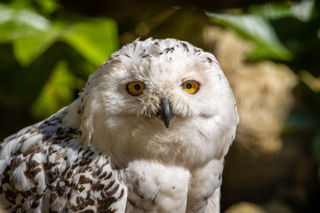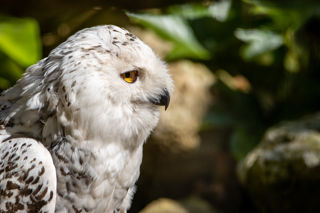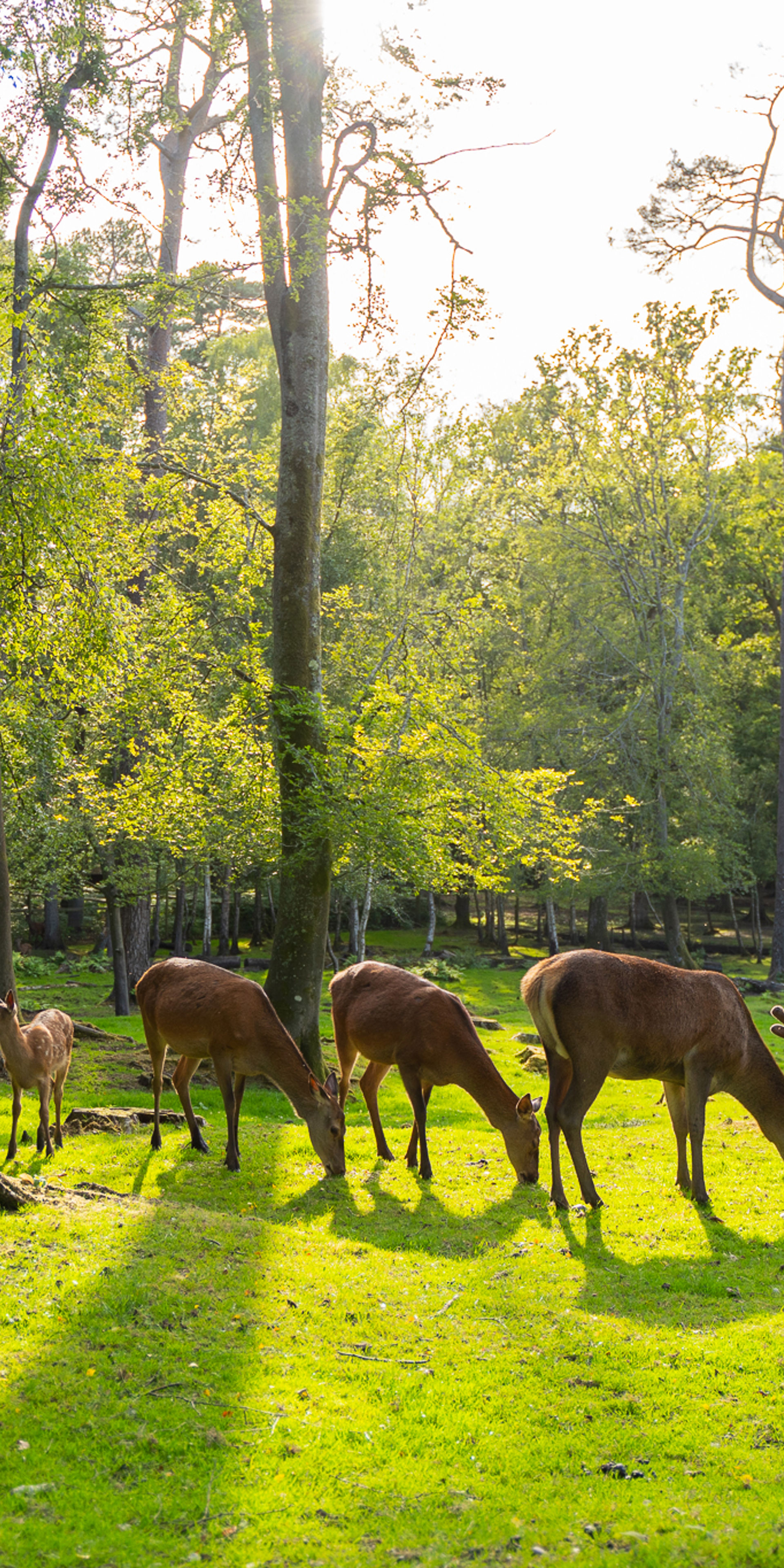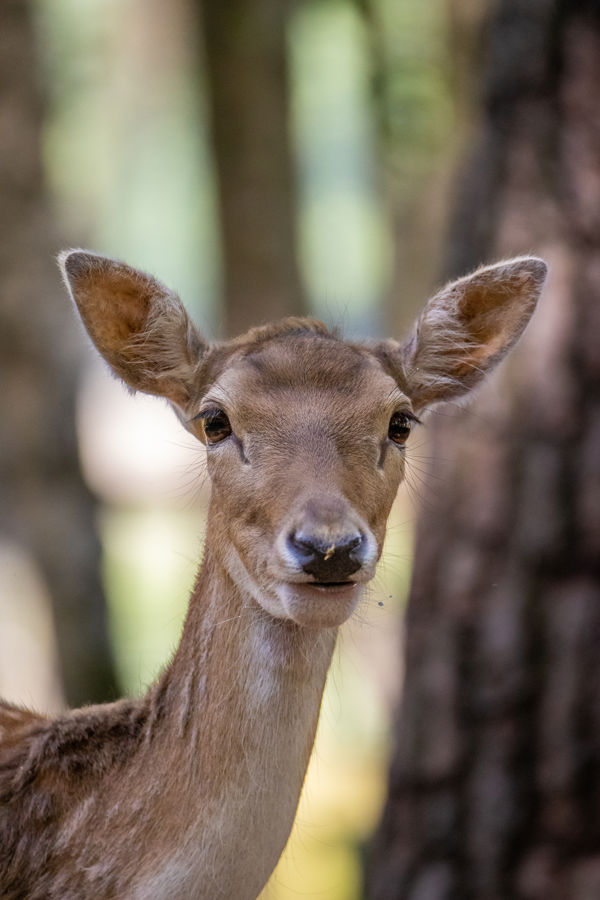Snowy Owl

General information
Found in the Arctic tundra, the Snowy Owl is a stunning large white owl with black markings and yellow eyes that is mostly active during daytime. They are incredibly evolved for a cold environment with fully feathered feet and feathered nasal area to keep it warm in the cold Arctic conditions.
The female is larger and more heavily marked than the male which gives her good camouflage when she lays her eggs in melting snow on ledges. Whereas the male is smaller and purer white in colour, allowing him to swiftly move around to find prey for himself and his partner.
They feed on lemming, hares and birds up to duck size. Often when out hunting they can not purely rely on sight alone as their prey will be hidden deep under the snow, this is where their incredible sense of hearing comes into play.

Latin name - Nyctea scandiaca
Class - Aves
Order - Strigiformes
Family - Strigidae
IUCN Status - Least concern
Habitat - Arctic tundra
Distribution - Circumpolar regions above latitude 55degrees moving south in the winter even as far as Bermuda
Average Lifespan
10 years in the wild. 30 years in captivity
Threats
Climate change
Fun Fact
Breeding is dependent on the food supply so in a “good lemming year” they have more young.
Our Residents
The Snowy Owls are definitely a favourite in the park. Herdi, the female, joined us in 2000 as an ex-pet found lost in the woods and handed in to the RSPCA. In 2003, she was joined by Orkney, a male, a local re-homed pet as he was ‘too noisy’ at night!
Herdi & Orkney are currently in the Aviary on the footpath toward the large Go Wild Play area, which was renovated over Summer 2016.

Sign up to our newsletter
Join our mailing list in order to keep up to date with park news and special offers.



